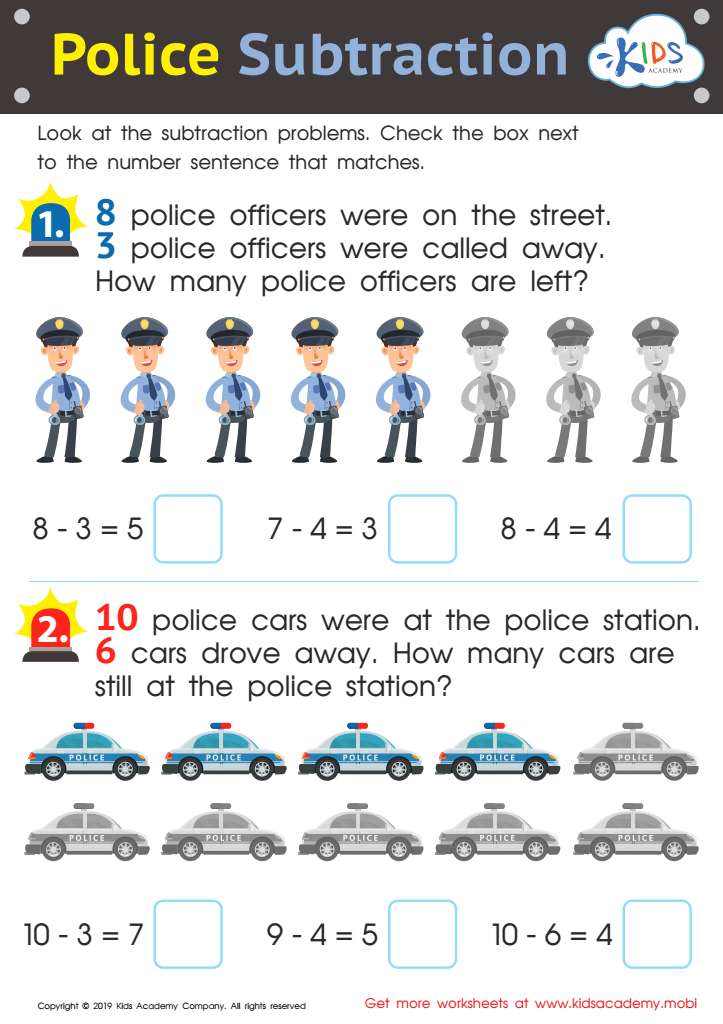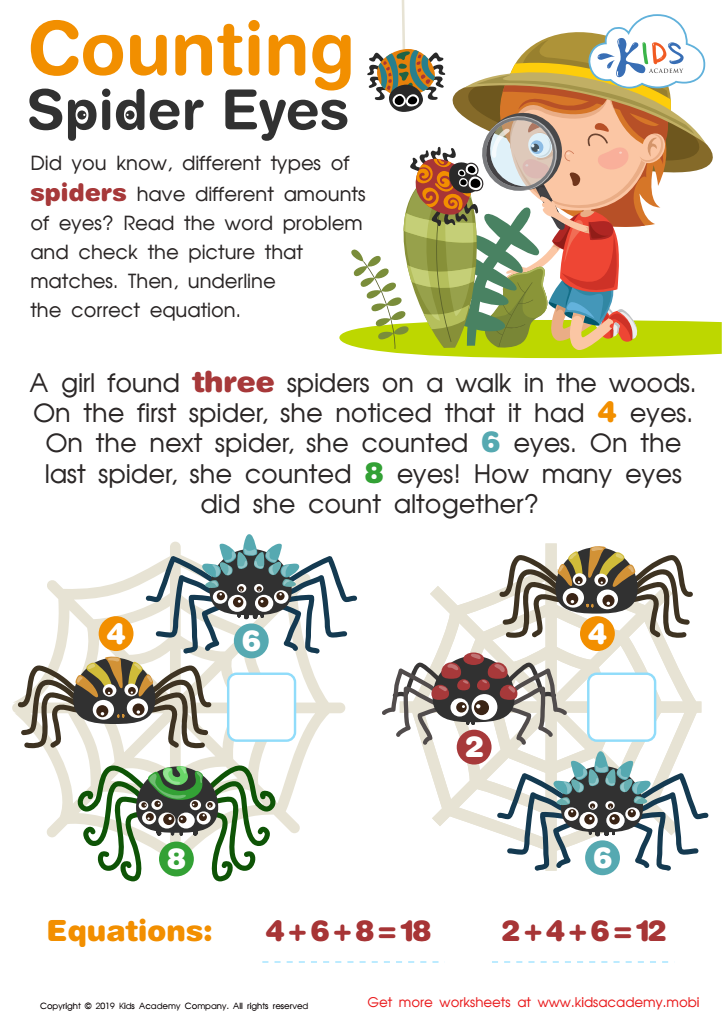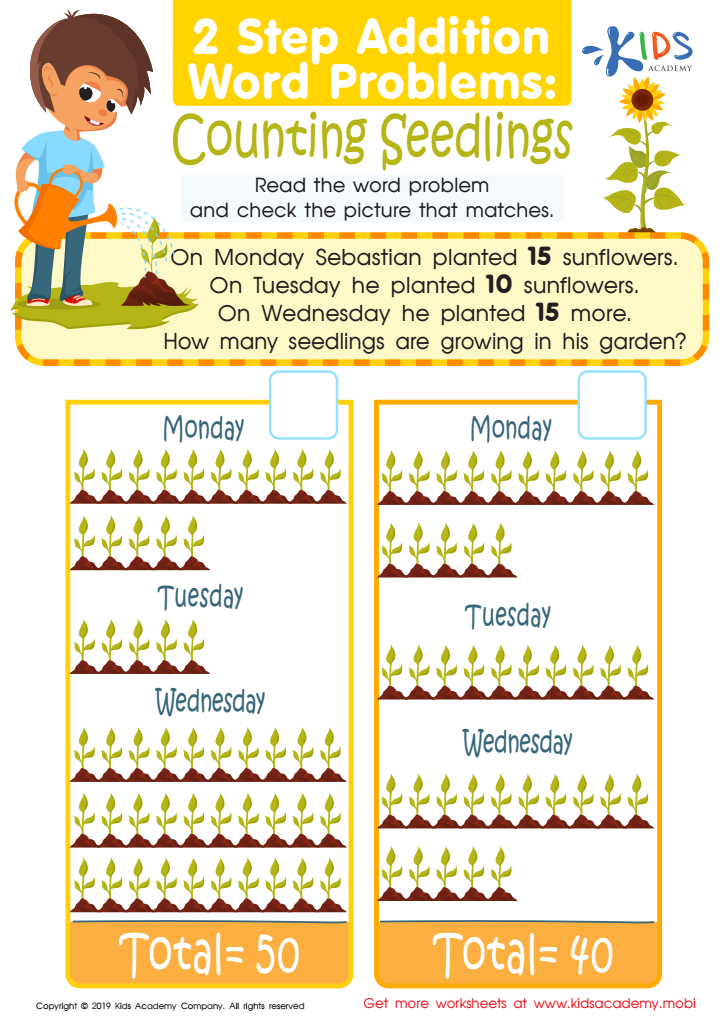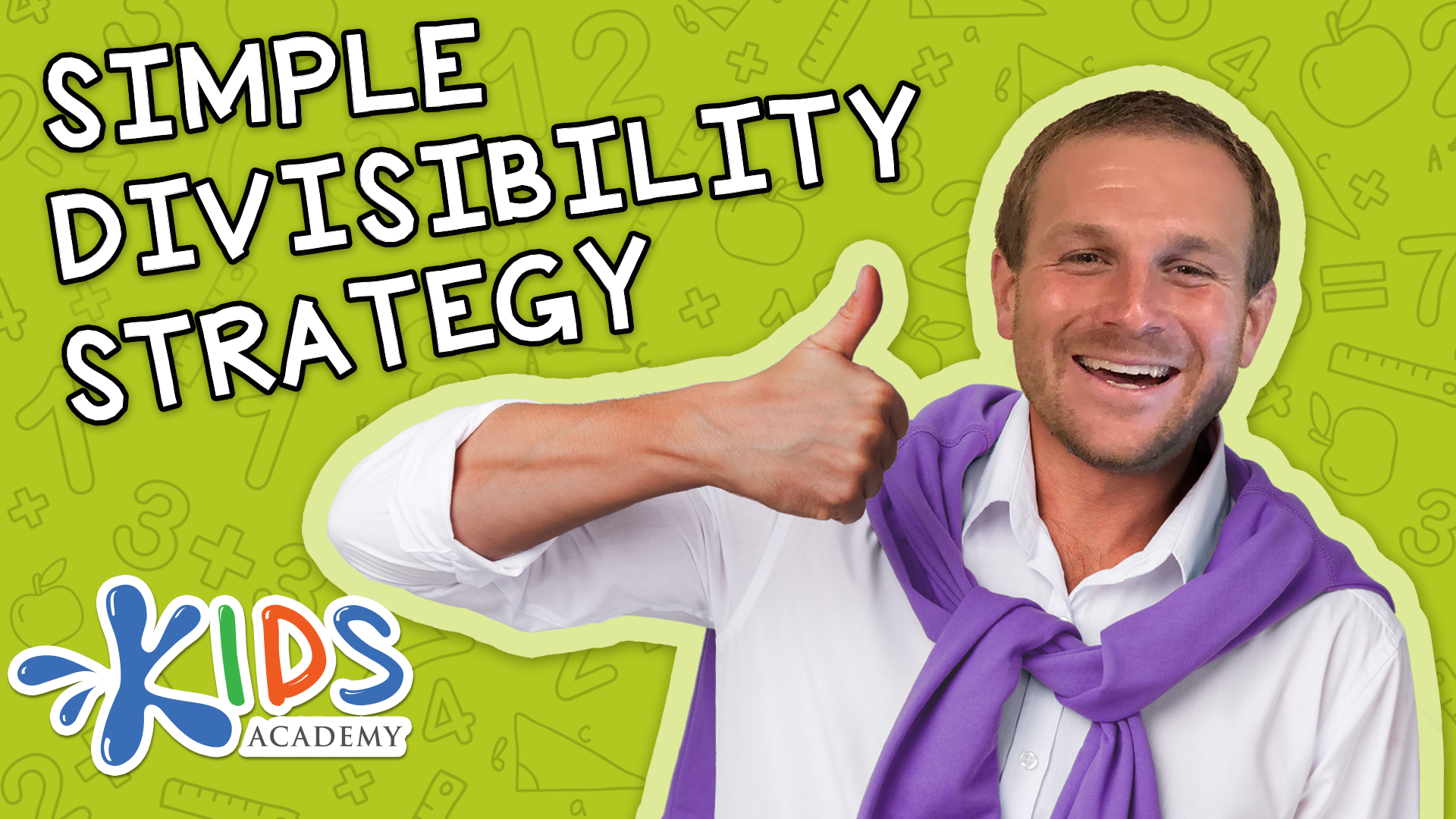Hand-eye Coordination Word Problems Worksheets for Ages 7-9
3 filtered results
-
From - To
Enhance your child’s hand-eye coordination with our engaging Word Problems Worksheets, designed specifically for ages 7-9. These worksheets blend math and motor skill development, enabling young learners to solve fun, interactive word problems while refining their coordination abilities. With a variety of scenarios that challenge critical thinking and problem-solving skills, children will enjoy practicing math in a hands-on way. Our worksheets not only improve numerical skills but also promote the essential connection between visual input and physical movement. Perfect for at-home learning or classroom use, these resources gear kids for success in math and physical activities alike! Detangle learning today!


Police Subtraction Worksheet


Counting Spider Eyes Worksheet


Counting Seedlings Worksheet
Hand-eye coordination is a vital skill that plays a key role in a child's overall development, especially for those aged 7 to 9. Parents and teachers should care about incorporating hand-eye coordination word problems into their children's learning for several reasons.
Firstly, these problems enhance cognitive skills such as problem-solving and critical thinking. When children tackle word problems, they must visualize scenarios and actively engage their minds to determine solutions, fostering both analytical abilities and creativity.
Furthermore, hand-eye coordination directly impacts physical activities crucial for children’s health and social interactions. By promoting activities that develop this coordination, such as sports or crafts, children learn teamwork, discipline, and focus.
Involving students in hand-eye coordination word problems also helps connect mathematical concepts to real-life applications, making learning more engaging and relevant. It builds a strong foundation for more advanced concepts in both math and physical education later on.
Additionally, developing hand-eye coordination supports fine motor skills, which are essential for everyday tasks like writing and using tools. Therefore, by focusing on these word problems, parents and teachers not only promote academic success but also holistic child development, ensuring children are well-prepared for future challenges both in and out of the classroom.
 Assign to My Students
Assign to My Students





















